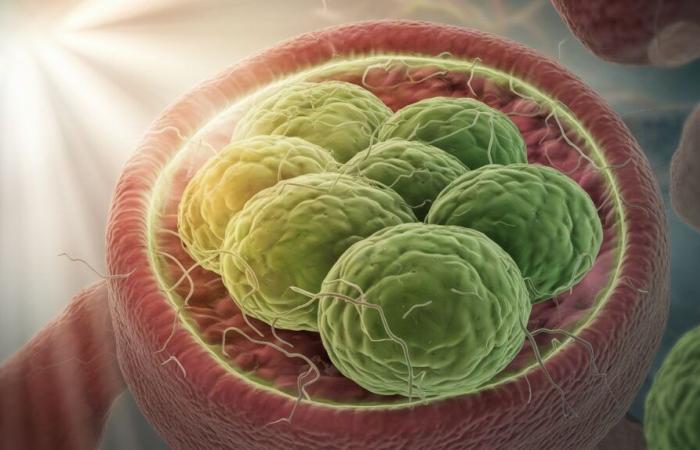Hamster cells capable of photosynthesis: this could transform medicine. A Japanese team achieved this feat, opening perspectives for artificial organs and tissues.
The experiment relies on a key element: chloroplasts. These organelles, present in plants, convert sunlight into energy usable by the cell. Until now, it was thought that they could only function in plant cells. The researchers of theUniversité from Tokyo challenged this hypothesis by implanting red algae chloroplasts into hamster cells.
The results are astonishing. Not only did the chloroplasts survive, but they also maintained photosynthetic activity for two days, producing oxygen within the animal cells themselves. This energy autonomy is an achievement, because animal cells usually rely on mitochondria to create energy. To measure this activity, scientists used special light to observe the fluorescence of chlorophyll, indicating that the photosynthesis took place. This advance could solve a critical problem: the growth of artificial tissues in the laboratory is often hampered by the lack of oxygen, especially in deeper layers.
These hybrid cells could, through photosynthesis, produce their own oxygen, thus making it possible to cultivate larger and more functional tissues, such as organs or skin. Professor Sachihiro Matsunaga, who leads the study, emphasizes that the inspiration comes from nature: some marine organisms already live in symbiosis with algae to obtain oxygen and nutrients.
The applications are promising. In tissue engineering, this technology could not only reduce dependence on external support systems, but also accelerate the production of artificial meat or organs in the laboratory. Biological tissues could thus be created more easily and with greater ecological footprint lesser.
The team of researchers plans to continue their work to understand the interactions between animal cells and chloroplasts. The way is open for sustainable biotechnology, which harmoniously combines two previously incompatible worlds: that of plants and that of animals.
What is a chloroplast?
The chloroplast is a organs essential for plant cells and algae, responsible for photosynthesis. It is in this organelle that light is captured and converted into chemical energy, which allows plants to produce glucose, their energy source.
This process is made possible thanks to chlorophyll, the green pigment present in chloroplasts. Chlorophyll captures light energy and triggers chemical reactions that transform water and carbon dioxide into glucose and oxygen. The latter is released into the atmosphere, a vital aspect for respiration of most living beings.
Chloroplasts are considered descendants of cyanobacteria, a group of photosynthetic bacteria. This evolutionary origin, through a phenomenon of ancient symbiosis, explains why chloroplasts contain their own DNA, distinct from that of the host cell.






